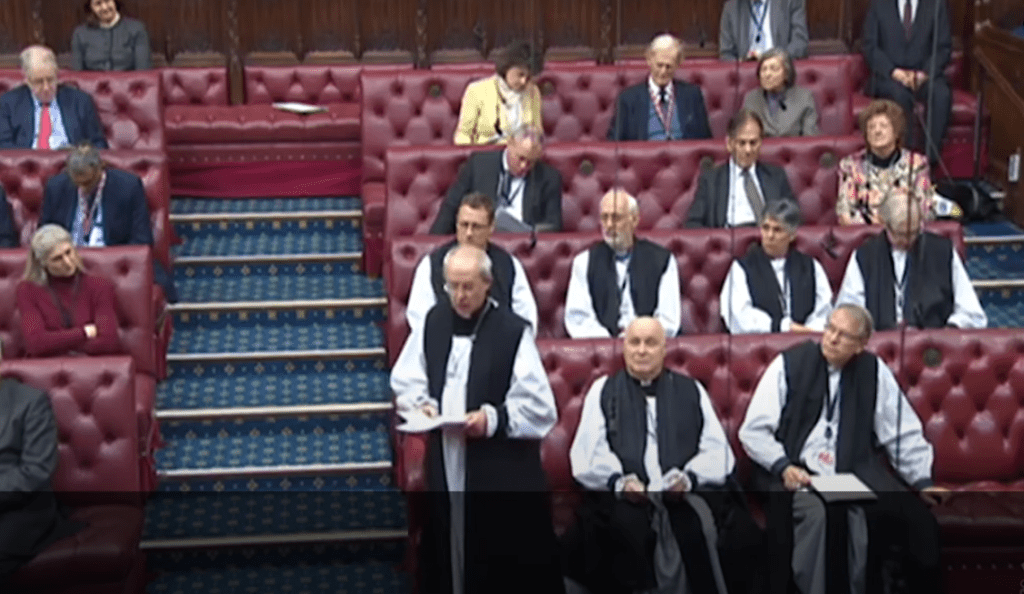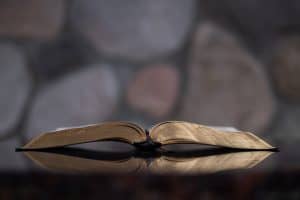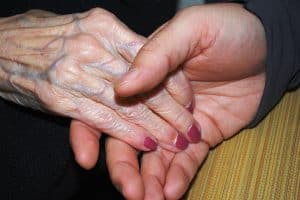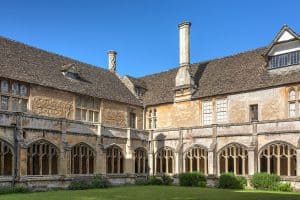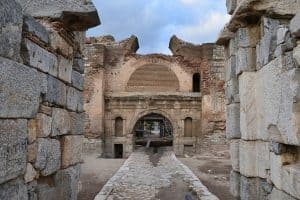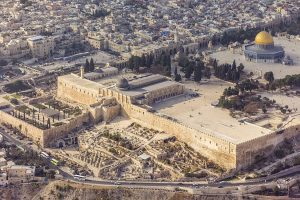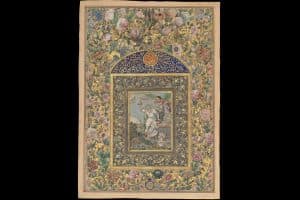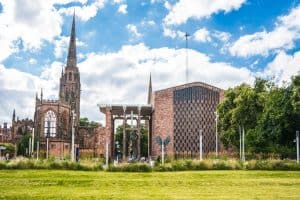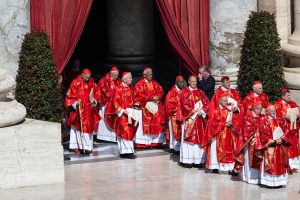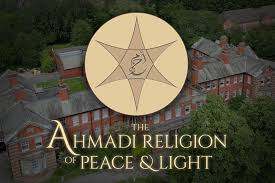By Frank Cranmer
The origins of establishment
King Henry VIII’s break with Rome at the Reformation was not, primarily, because of disputes about theology but because Pope Clement VII flatly refused to annul Henry’s marriage with Katherine of Aragon to enable him to marry Anne Boleyn. He wed Anne secretly in 1532, then publicly in 1533 — in effect, cutting himself off from Rome.
The break was formalised in 1534 when parliament passed the Act of Supremacy. Its text began: “Albeit the king’s Majesty justly and rightfully is and ought to be the supreme head of the Church of England …” But Henry was a devout Catholic and he had little interest in reforming doctrine; services continued to be conducted in Latin, and the move towards a more overtly Protestant theology came rather later. The first English prayer book was not published until after Henry’s death, the 1549 Book of Common Prayer being published two years into the reign of Edward VI.
Henry’s Act of Supremacy was repealed in 1554 when Mary, a Catholic, came to the throne, only to be re-enacted in 1559 when Elizabeth succeeded Mary — though the 1559 act described Elizabeth as “supreme governor” rather than “head” of the Church.
Establishment in Europe
The Church of England is by no means the only church in Europe that has special links with the state. The Church of Sweden was the established church from the Reformation until the end of 1999.
Article 62 of the constitution of Iceland provides that the Evangelical Lutheran Church “shall be the state church in Iceland and, as such, it shall be supported and protected by the state”. It operates independently of state authority within the limits set out under the act on its status, but it is supported from public funds and from the church tax.
Similarly, under article 4 of the constitution of Denmark, “the Evangelical Lutheran Church shall be the established church of Denmark, and, as such, it shall be supported by the state”. Its supreme authorities are the monarch and parliament — the Folketing — and, under article 6, the monarch “shall be a member of the Evangelical Lutheran Church”. Unlike the Church of England, much of whose day-to-day government is carried out by the Archbishops’ Council and the General Synod, the Danish church does not have its own independent legislative body.
Article 2 of the constitution of Malta declares that “the religion of Malta is the Roman Catholic Apostolic Religion” and that “the authorities of the Roman Catholic Apostolic Church have the duty and the right to teach which principles are right and which are wrong”.
Establishment and governance
The Henrician Reformation had profound effects on the church that are felt to this day. The monarch is still the supreme governor of the church and, under the terms of the Act of Settlement 1700, may not be a Roman Catholic. The archbishops of Canterbury and York and 24 diocesan bishops have seats in the House of Lords. General Synod has power to pass legislation — church measures — which becomes part of the general law once given royal assent — but before a measure can become law, the Lords and Commons must each vote to approve it.
What does establishment mean in practical terms?
Because of the parish system, clergy of the Church of England minister to every square inch of England (and to about a dozen parishes in Wales) — or at least to any resident who wants its ministrations. Everyone, of any faith or none, has a common law right to be married in his or her parish church, provided that the couple are not of the same sex and that neither has a former spouse who is still living. Under section 7 of the Prison Act 1957, every English prison must have a chaplain who “shall be a clergyman of the Church of England”. The church operates about a quarter of the state primary schools in England (and the Roman Catholic Church operates about 10 per cent).
The church has a particularly high profile on occasions such as state funerals and the Remembrance Day service at the Cenotaph in Whitehall. The Coronation in 1953 was conducted by the Archbishop of Canterbury, as will the Coronation of Charles III — and the current archbishop, Justin Welby, told Channel 4 News that he had been having nightmares about accidentally leaving the crown at Lambeth Palace!
Historical tensions between church and state
Relations between church and state have not always run smoothly. After his succession in 1625, Charles I quarrelled with the English parliament and aroused the suspicion of Protestants such as the English Puritans and Scottish Covenanters who thought his views far too Catholic, not least because of his marriage to the Roman Catholic Henrietta Maria of France and his appointment of William Laud, a high churchman, as Archbishop of Canterbury in 1633.
In 1637 Charles attempted unsuccessfully to impose an Anglican prayer book and communion rite on the Church of Scotland — thus enraging the Scots as much as he had enraged the English Parliament. The church was associated with the losing Royalist side in the English Civil War, and during the Commonwealth of 1649 to 1660 episcopacy was abolished and the Book of Common Prayer was banned.
The situation was reversed at Charles II’s Restoration in 1660, and in 1662 more than 2,000 clergy who could not accept episcopacy were forced to leave their posts in what became known as the Great Ejection. The ejected clergy and their congregations were persecuted until 1689, and the reign of William and Mary, when the Toleration Act allowed dissenters to worship in their own chapels and meeting houses, provided they had been licensed by a justice of the peace.
Until recent times, the prime minister had a significant role say in nominating bishops for appointment. Since 1976, when a diocese became vacant, the Crown Nominations Commission would select two appropriate candidates for the bishopric and submit their names to the prime minister, who would choose one of them. In 2007, however, Gordon Brown decided that the commission should put forward a single name rather than two, which the prime minister would then simply forward to the monarch — and that is the current situation.
Tensions today
The establishment of the Church of England remains contested. The presence of the bishops in the House of Lords has become increasingly controversial. Unsurprisingly, it has long been opposed by organisations such as the National Secular Society and Humanists UK, but calls for their removal have become louder as the UK has become more secular: the latest statistics on religion and belief from the 2021 Census for England and Wales revealed that of those who answered the voluntary question on religious affiliation, Christians were in a minority: down from 59.3 per cent in 2011 to 46.2 per cent in 2021. Further, England is only one of the four jurisdictions in the UK: in no sense can English bishops be said to represent Scotland, Northern Ireland or Wales.
A further issue is the current debate both within and outside the Church of England on same-sex marriage. The effect of section 4 of the Marriage (Same-Sex Couples) Act 2013 is to debar the church from conducting same-sex weddings, and that can only be changed by further primary legislation. The church has been conducting its own internal discussions on the issue, Living in Love and Faith, and it has proved to be extremely divisive, not least across the wider Anglican Communion.
In February 2023, the Church of England general synod agreed to allow blessings for same sex couples, but to continue to ban same sex marriage in church. The divisions this caused within the church, with deep resistance to change, led to calls from politicians for a rethink on establishment. Ben Bradshaw, the Labour MP for Exeter, for example, suggested in the Commons that “by continuing to exclude lesbian and gay people from its full rites, the church is no longer compatible with its established status, which confers the duty to serve the whole nation”. The Father of the House, Sir Peter Bottomley, Conservative MP for Worthing West, said that “this House will not put up with being held up by one-third of one part of the General Synod”. Those calls may become more muted now that General Synod has agreed to the bishops’ proposals to allow prayers of blessing in church for same-sex couples, but the incident certainly put the church-state relationship under strain.
Disestablishment?
Inevitably, opinions are divided. Dr Jonathan Chaplin, for example, argues in his recent book, Beyond Establishment: Resetting Church-State relations in England, that increasing secularisation and declining congregations make it decreasingly plausible for the Church of England to present itself as “the church of the nation”. If I understand him correctly, the overall thrust of his argument is that, quite apart from any considerations from the secularist point of view, disestablishment would be in the best interests of the Church of England itself for its life as a church.
Reviewing Chaplin’s book for the Church Times, the former Bishop of London, Richard Chartres, claims that in some ways, the Church of England is “already the most disestablished church in Europe”, citing the comparative lack of financial support from public funds. The issue is not, however, how the position of the Church of England compares with other state churches in Europe, but how its legal and constitutional position compares with other religious bodies in the United Kingdom. And as the UK becomes both increasingly multi-faith and increasingly secular, it is unlikely that the issue will simply go away.
Frank Cranmer is an honorary research fellow at the Centre for Law and Religion at Cardiff University and blogs with David Pocklington at Law & Religion UK.
This article was updated 23 Feb 2023

